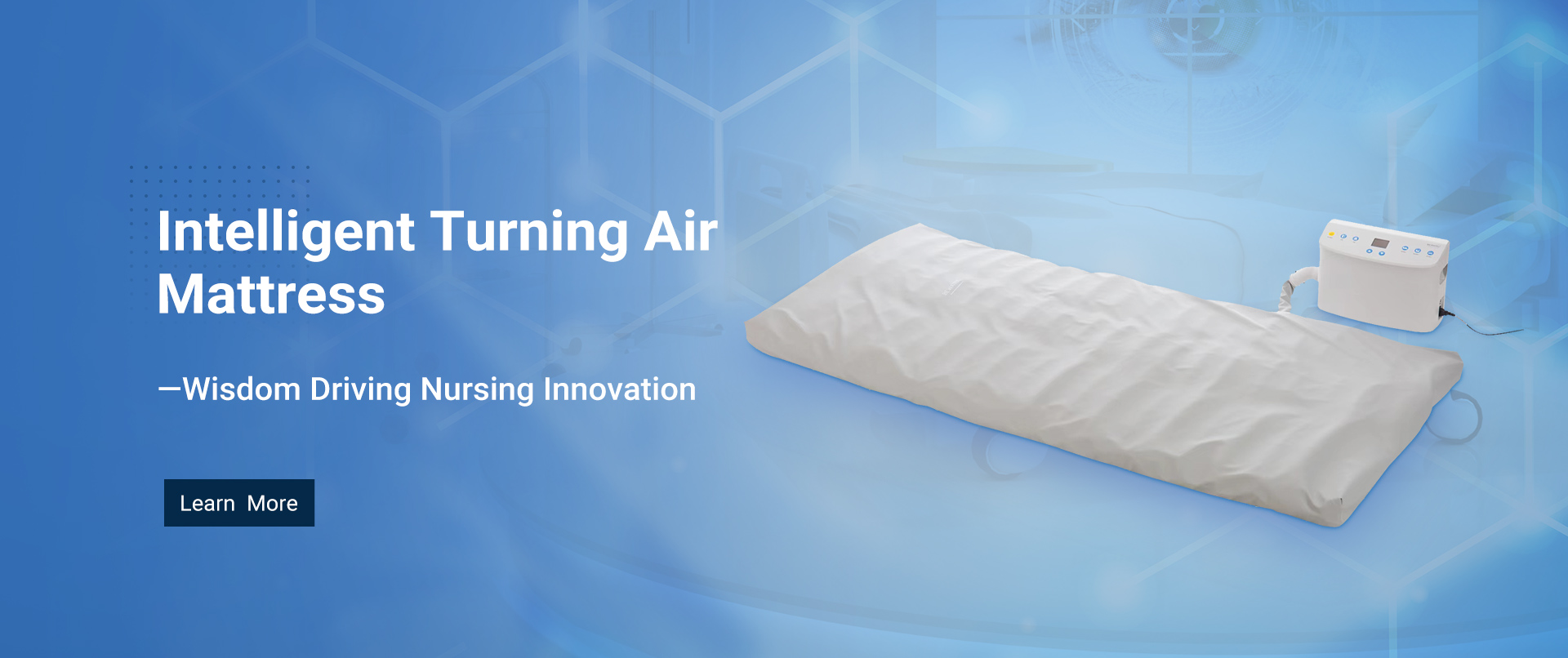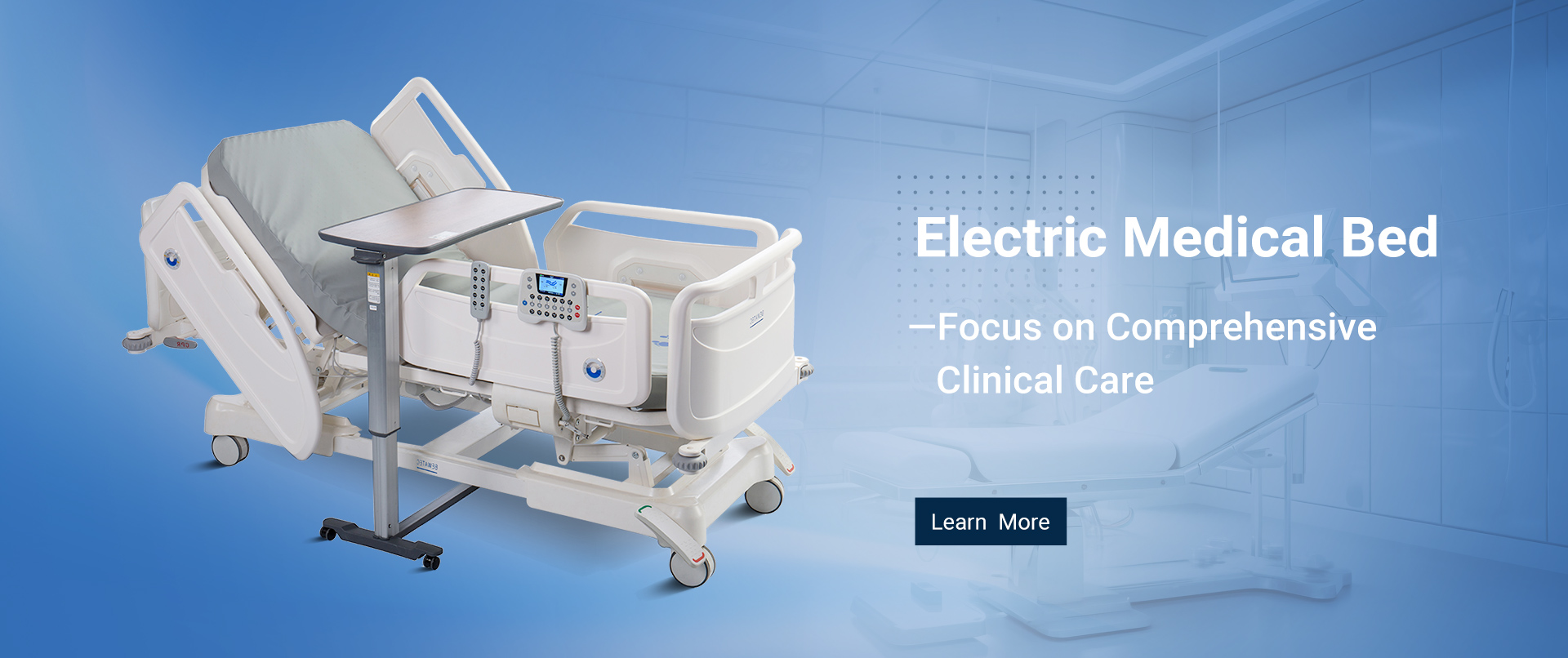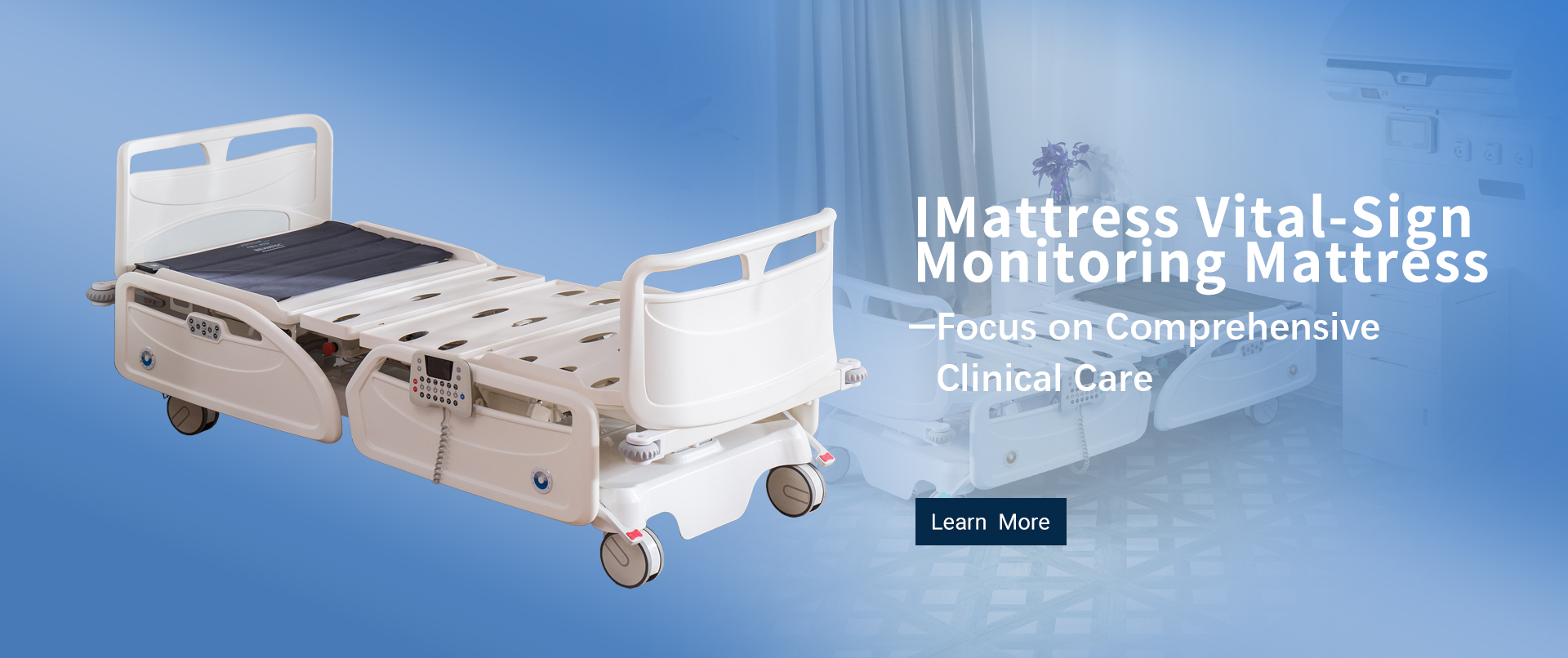
Navigating the Future of Best Medical Beds Manufacturers in 2025 with Technological Innovations Guide
Table of Contents
- Innovative Technologies Shaping Medical Beds in the Healthcare Industry
- Leading Medical Bed Manufacturers Pioneering Technological Advancements
- Case Studies: Real-World Applications of Advanced Medical Bed Solutions
- The Role of Smart Beds in Improving Patient Care and Safety
- Future Trends: What to Expect from Medical Bed Manufacturers by 2025
- Enhancing Patient Comfort and Care with the A5 Electric Medical Bed: A Comprehensive Overview of Its Five Functions
- FAQS
- Related Posts
Looking ahead to 2025, it’s pretty exciting to see how the medical beds industry is about to change. Thanks to lightning-fast tech innovations and shifting standards in patient care, things are really picking up pace. A recent report from ResearchAndMarkets suggests that the global market for medical beds could hit around $4.5 billion by 2025, growing at about 7.3% annually since 2020—no small feat! This really highlights just how important Medical Beds Manufacturers are becoming in making healthcare better and more effective. Companies like Bewatec (Zhejiang) Medical Device Co., Ltd. are actively leading this charge, especially with their focus on smart tech and digital transformation. By offering patients beds that are not just comfortable and safe but also tailored to individual needs, Bewatec is helping to redefine what good patient care looks like. It’s exciting to think about how all this will improve healthcare around the world in the years ahead.

Innovative Technologies Shaping Medical Beds in the Healthcare Industry
The healthcare industry is really going through some exciting changes lately, especially when it comes to medical beds. These days, new tech is totally reshaping how we care for patients—adding features that focus on comfort while also supporting their therapeutic needs. For example, there are now smart beds equipped with sensors that monitor patient movements in real time. This not only helps keep patients safe but also allows caregivers to respond faster when something's up. Pretty cool, right?
Hey, when you're picking out medical beds for your facility, it’s worth looking for ones with adjustable pressure settings and automated positioning. Trust me, those things can do wonders for preventing bedsores and help patients breathe better too.
And here's something I find pretty fascinating—telehealth integration. Some modern beds can connect directly with remote monitoring systems, which means healthcare pros can keep an eye on vital signs without even being in the room. That’s a total game-changer, especially in critical care situations where quick responses matter a lot.
Quick tip: Make sure the beds you choose support telehealth features and can work smoothly with electronic health record systems. It just makes managing patient info way easier and helps the care team stay on the same page.
Leading Medical Bed Manufacturers Pioneering Technological Advancements
As we get closer to 2025, it’s pretty clear that the world of medical beds is changing a lot — and a lot of it is thanks to new tech. The big players in the industry are really stepping up, adding smart features into their beds. I was reading this recent report from Grand View Research, and it says the global market for smart hospital beds might hit around $2.75 billion by the time 2025 rolls around. That’s about a 20% growth rate from 2019 onwards — no small feat. Most of this growth comes from hospitals and clinics wanting to put patients first and also improve how efficiently they run things.
Companies like Hillrom and Stryker are leading the charge, creating beds with built-in monitoring systems that can track patient data in real time. This isn’t just fancy tech for tech’s sake — it really helps healthcare workers do their jobs better and keeps patients safer and more comfortable. Plus, with IoT and AI coming into play, hospitals can now do predictive analytics, so they can anticipate and address issues before they even become serious. As these companies keep pushing the boundaries, it honestly feels like the future of healthcare will be all about these kinds of integrated, smart solutions — making patient care better than ever before.
Case Studies: Real-World Applications of Advanced Medical Bed Solutions
As healthcare keeps evolving, it’s clear that advanced medical beds are playing a pretty big role in making patient care better. If you look at some case studies from top manufacturers, you'll see how these new beds are actually making a difference—not just in function but also in comfort. For example, there was a hospital that brought in smart beds with real-time monitoring. They saw a pretty noticeable drop in patient falls and found that staff could respond much faster. It’s pretty cool how embracing technology not only boosts patient safety but also helps hospitals run smoother—that real, tangible benefit is pretty inspiring.
When you're choosing a medical bed, a couple of tips might help you make the best call. First off, think about what your patients really need—picking features that truly improve their experience is key. Next, go for beds with simple, easy-to-use controls—whether it’s staff or patients, nobody likes messing around with complicated stuff. And don’t forget to check out the manufacturer’s reputation for support and service. Good installation and ongoing maintenance really make a difference if you want your investment to last and actually work well in the long run.

The Role of Smart Beds in Improving Patient Care and Safety
Smart beds are really about to shake up how we take care of patients and keep them safe, thanks to some pretty impressive tech innovations that make healthcare more comfortable and efficient. If you’ve seen any recent reports, like one from Research and Markets, they say the global market for smart beds is jumping—from around $4.2 billion back in 2020 to over $10 billion by 2025. That’s a huge leap, and honestly, it makes sense with more people needing innovative healthcare solutions and the rise in chronic health conditions. These high-tech beds come with sensors and smart gadgets that keep track of vital signs, movement, and sleep patterns—so doctors and nurses can provide care that’s really tailored to each patient’s needs.
And it’s not just about data; smart beds also boost safety. They help cut down on falls and accidents—something hospitals are always trying to improve. In fact, a study published in the Journal of Patient Safety found that hospitals using smart bed tech saw a drop in patient fall rates by as much as 30%. Features like adjustable height, alerts when it’s time to get out, and pressure relief systems really make a difference for both patients and staff. As manufacturers keep pushing the envelope with AI and machine learning, these beds will only get smarter—offering better monitoring and making healthcare outcomes even better. Honestly, it’s pretty exciting to see how these technologies are becoming such a core part of modern patient care.
Navigating the Future of Best Medical Beds Manufacturers in 2025
This chart illustrates the anticipated growth in the utilization of smart beds in hospitals over the next few years. The data reflects the percentage increase in the adoption of technological innovations in patient care and safety.
Future Trends: What to Expect from Medical Bed Manufacturers by 2025
Looking ahead to 2025, it’s pretty exciting to see how the world of medical beds might change — thanks to some really cool tech innovations. So, here’s the scoop: the global market for smart mattresses, which was about 753.9 million in 2025, is expected to actually shrink a bit to around 498.8 million by 2033. But don’t let that fool you — the growth rate of roughly 5.3% per year shows there’s a strong push for more advanced, tech-savvy medical beds that not only boost patient comfort but also help healthcare providers do their jobs better.

Some of the big trends shaping this future include the incorporation of IoT devices — think connected beds that can send real-time data and keep everyone in the loop. These gadgets are all about making care safer and making hospitals and clinics run smoother. Plus, there’s a real push towards beds that can be customized to each patient’s needs — because, let's face it, everyone’s recovery journey is a little different. Oh, and by 2025, we’ll probably see more companies using eco-friendly materials and sustainable practices, which is a pretty cool step towards caring for our planet alongside caring for patients.
All in all, it’s clear that the industry is heading towards smarter, more personalized, and more responsible solutions — it’s an exciting time to be watching this space!
Enhancing Patient Comfort and Care with the A5 Electric Medical Bed: A Comprehensive Overview of Its Five Functions
The A5 Electric Medical Bed is transforming the landscape of patient care in high-end wards, focusing on enhancing both comfort and safety. With its innovative design, this bed is equipped with five essential functions aimed at supporting patients' vital signs and minimizing health risks. According to the Agency for Healthcare Research and Quality, nearly 1 in 4 hospitalized patients experience discomfort due to inadequate bedding; the A5 bed addresses this issue directly by offering adjustable positions that cater to the specific needs of each patient.
One of the bed’s standout features includes its advanced monitoring system, which continuously tracks vital signs and alerts medical staff to any significant changes. This feature is vital in preventing adverse events, as research published in the Journal of Patient Safety indicates that early detection of abnormalities can reduce hospital mortality rates by up to 30%. Furthermore, the ergonomic design promotes proper posture and enhances mobility, significantly reducing the risk of pressure ulcers, a common concern in long-term care settings affecting approximately 2.5 million patients annually in the United States alone, as reported by the National Pressure Ulcer Advisory Panel.
Incorporating unique and revolutionary features, the A5 Electric Medical Bed not only elevates the comfort of patients but also ensures that healthcare professionals are better equipped to respond to their needs. The focus on patient-centered design reflects an evolving approach in healthcare, where technology and care converge to create a safer and more comfortable hospital experience.
FAQS
: Advanced medical bed solutions refer to innovative beds designed to enhance patient care, featuring functionalities like real-time monitoring systems that improve safety and comfort.
Smart beds equipped with real-time monitoring systems can significantly decrease patient falls and improve staff response times, thereby enhancing overall patient safety.
When selecting a medical bed, it’s important to assess the specific needs of the patient population, prioritize usability for staff and patients, and check the manufacturer’s reputation for service and support.
By 2025, we can expect significant transformations driven by technological innovations, including the integration of IoT devices, increased connectivity for real-time monitoring, and more customizable features for individual patient needs.
The global market for smart mattresses is projected to grow at a CAGR of 5.3%, increasing from 753.9 million in 2025 to an estimated 498.8 million by 2033.
By 2025, more manufacturers are expected to adopt eco-friendly materials and sustainable practices, reflecting a commitment to responsible healthcare solutions.
Usability is crucial in medical beds as it directly impacts the effectiveness of healthcare delivery for both staff and patients.
Technological advancements in medical beds provide tangible benefits such as improved patient safety, enhanced comfort, and streamlined hospital workflows.
Real-time monitoring systems in medical beds enhance patient safety and operational efficiency by providing timely data for healthcare providers.
Customizable features in medical beds cater to individual patient needs, contributing to a more tailored and effective recovery experience.
Related Posts
-

How to Choose the Best Medical Bed Manufacturer for Your Healthcare Facility
-

Revolutionizing Comfort: The Global Appeal of China's Cutting-Edge Fully Electric Hospital Beds
-

Future Innovations in IoT Sleep Health Solutions for 2025 and Beyond
-

12 Best Manufacturers for Hospital Beds in China You Should Know
-

Future Innovations in Best Hospital Equipment Bed for 2025 and Beyond
-

7 Essential Tips to Choose the Best Equipment for Your Hospital









